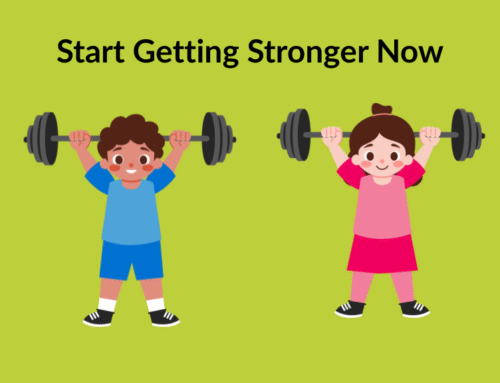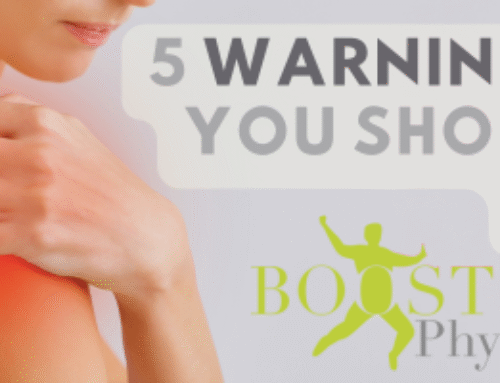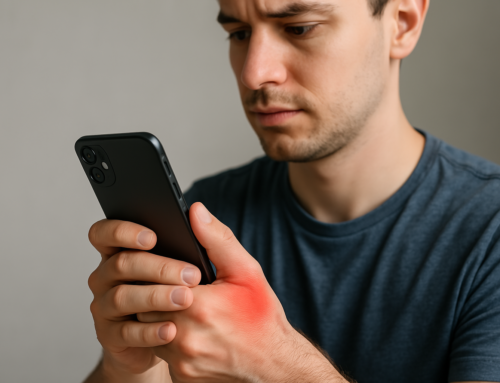Specialist Physiotherapist, Laura Harman interviews Mr Bob Chatterjee…
Mr Chatterjee is a full time spinal consultant in London. He has undertaken a Royal College of Surgeons accredited spinal training programme in both Orthopaedics and Neurosurgery. He undertakes all forms of spinal surgery from skull to pelvis and specialises in minimally invasive ‘keyhole surgery’ and spinal treatment in the elderly.
For further information click here: http://www.harleystreetspine.co.uk/
Q: Do you promote Pilates in the treatment of low back pain, particularly with regards to disc prolapses?
Mr Chatterjee: Certainly yes. The good news with the vast majority of disc prolapses is that they tend to get better with time, and normally a disc prolapse takes about 3 months or so to get better. During that 3 months they can be quite uncomfortable and usually a patient will suffer from quite a lot of muscle spasm in both the back and the buttocks, and sometimes further down the legs. Naturally when you have a disc prolapse on one side, you tend to try to offload that side and in fact put pressure onto the other side which often spreads the problem from the side of the disc prolapse to the non-affected side. I think Pilates is an excellent exercise which concentrates on your posture and balance and helps to reduce the knock on effect of having a disc prolapse by reducing the muscle spasm, the muscle stiffness, and promoting better biomechanics. For the vast majority of patients it is extremely helpful. It is the minority of patients who sadly fail to respond to conservative management; they may benefit from surgery but I would always suggest that surgery for a prolapsed disc should be the treatment of last resort.
Q: We all know that having poor posture is bad for the spine and sitting badly at work is usually the worst culprit. What are your thoughts on standing desks?
Mr Chatterjee: It is interesting that in my practice I see more and more people with low back problem as a result from sitting at a desk. The main problem tends to be the posture whereby one is sitting and leaning slightly forward, and there have been several scientific studies which have shown that it is this position that actually exerts the greatest pressure on the lower lumbar discs, particularly L5/S1. So unfortunately with all of us working longer hours and often being tied to a desk, the degree of pressure and as a result the degeneration that tends to develop on the lower lumbar discs is on the increase. There are some simple things that can be done to address this problem, particularly if you work for a company then often there will be someone who can do a work placed assessment and an ergonomic review of your sitting position, desk height, and also making sure that any computer terminals are adjusted to your eye level. One of the things in particular that helps is a standing desk which allows you to offload the pressure on the lower lumbar discs by standing with a better biomechanical posture. Also this promotes activity which again helps to reduce back pain and muscle spasms which are things that are often suffered by patients who have desk based jobs.
Q: Vertebral compression fractures can occur due to osteoporosis. Can you tell us a little bit more about them?
Mr Chatterjee: One can often get a fracture in one of the vertebrae of the spine to fairly innocuous means. The reason is that as we grow older, the natural bone strength tends to decrease particularly in patients who have got osteoporosis, and this often causes the normally square/rectangular shaped vertebrae to compress into a shape more akin to a door wedge and this is known as a vertebral compression fracture. The vast majority of cases are as a result of falls. If you have sustained a vertebral compression fracture without an appropriate traumatic event to cause it then often your doctor will want to do further investigations to make sure that there are no other causes of your broken vertebrae. In days gone by, the usual treatment was a brace for the spine and usually a fairly painful 4-6 months waiting for the bone to heal. However newer treatments allow us through a keyhole approach to inject a little bit of specialised bone cement into the broken vertebrae which gives it immediate solidity, and that abolishes the pain to a high degree. The procedure is very safe and is done through a puncture incision and usually takes around 45 minutes. Patients usually go home either the same day or the day after. The improvement in pain is beyond anything that one could expect by taking pain killers. This new treatment is now available privately but is also increasing its availability on the NHS.
BOOST PHYSIO has 4 High Street clinics in North London and NW London. Hendon NW4, East Finchley N2, Cricklewood NW2 and Hampstead NW3.
View our facebook page at www.facebook.com/boostphysio
and follow us on Twitter @boostphysio and Instagram @boost_physio









